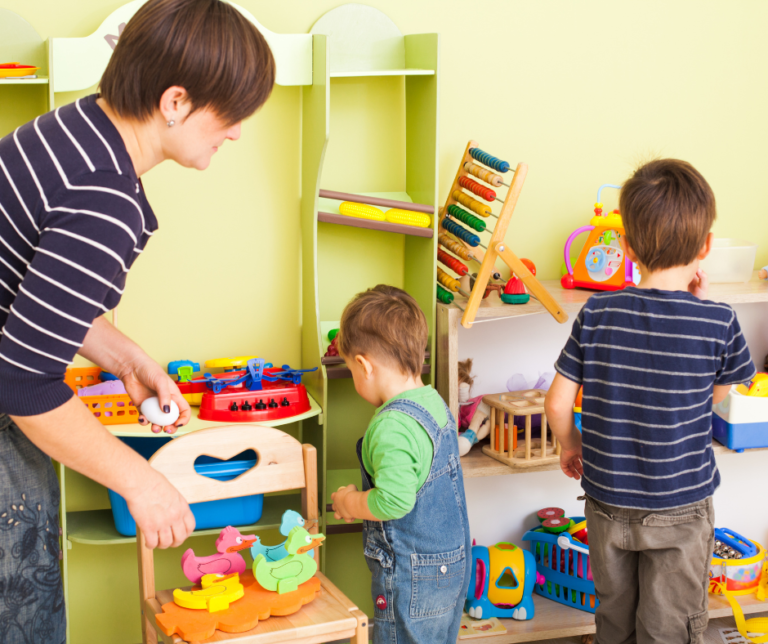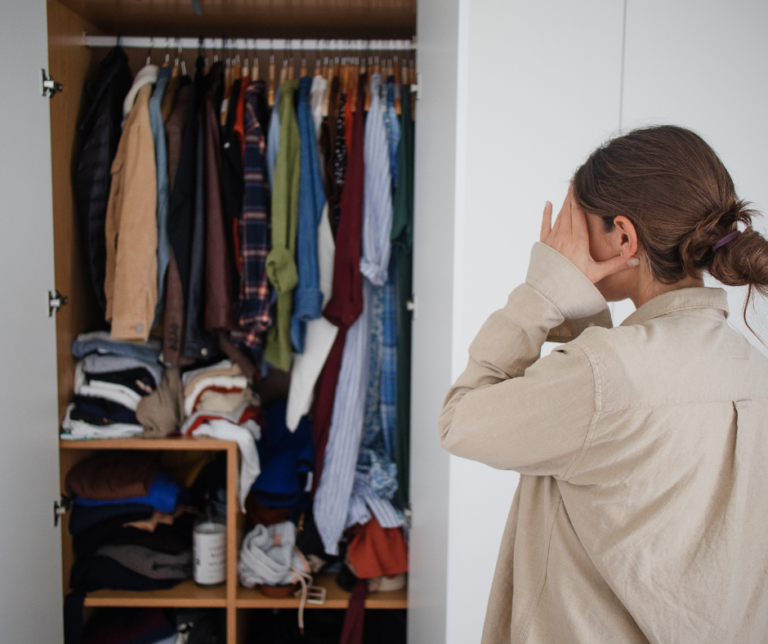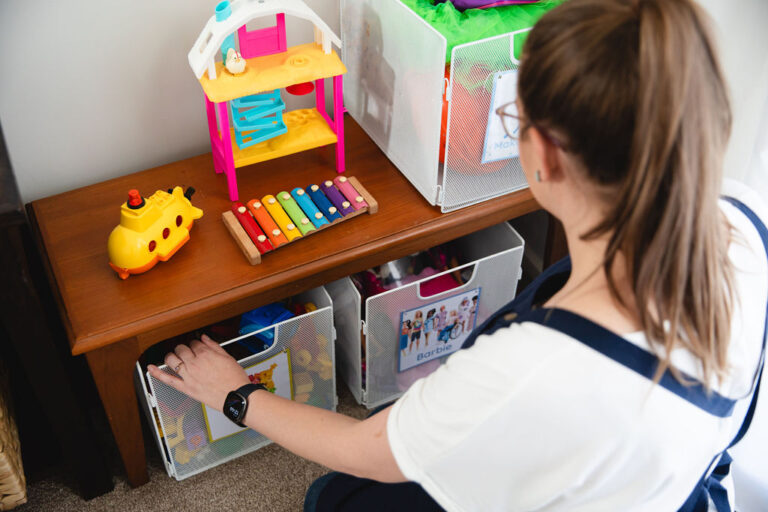I went on a recycling and waste management tour recently and here is what I learnt
Last week I went on a half day recycling and waste management tour facilitated by E-waste, local councils and KESAB (Keep South Australia Beautiful). I really wanted to see for myself the processes involved and where I could improve personally and also within my business.
1st stop – Electronic Recycling Australia (E-waste)
In South Australia it is illegal to throw e-waste into the rubbish bin and has been since 2013. The easiest way to think of E-waste is that it is anything that needs to be plugged into a wall or needs battery power to operate e.g. hair dryer, toaster, laptop and even kids battery powered toys. These items can all be recycled through the Unplug ‘n Drop (you will see the big collection cages outside SA Bunnings stores).
The facility we visited on the tour was Electronic Recycling Australia (ERA) at Ottoway. I will be honest when I say I was excited to see this facility and it didn’t disappoint.
When they receive the products in the warehouse the items are stored into categories and stripped down for parts. Everything that is salvageable is recovered and then some. I was really surprised to hear that even if they don’t have a way to recycle something, rather than send it to landfill they bundle it up and work on finding a solution rather than adding to the problem.
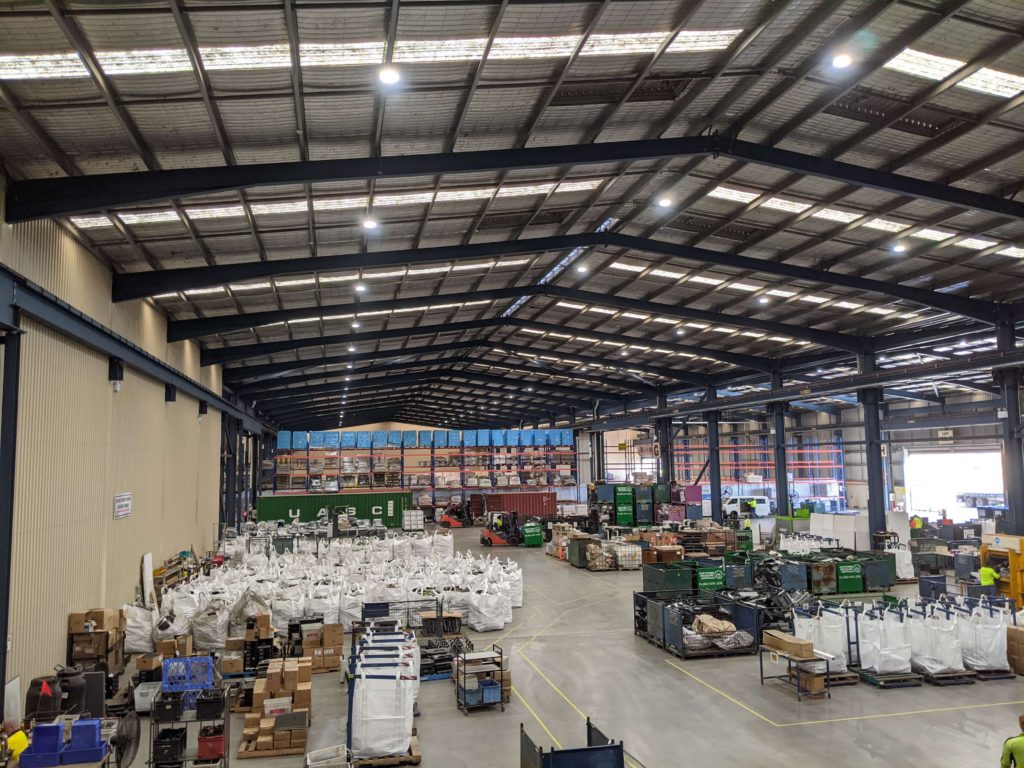
Whilst we were in this facility we were also shown a couple of other areas which share the same warehouse. There is a food relabelling area where you guessed it food is re-labelled rather than be sent to landfill e.g. wine that was meant for China is now being relabelled.
Mattress recycling was something I was not expecting to see either. The process isn’t perfect and at the moment there is a lot of manual handling (which they are in the process of changing). But once again they are taking a really difficult product to recycle and keeping as much as they can out of landfill.
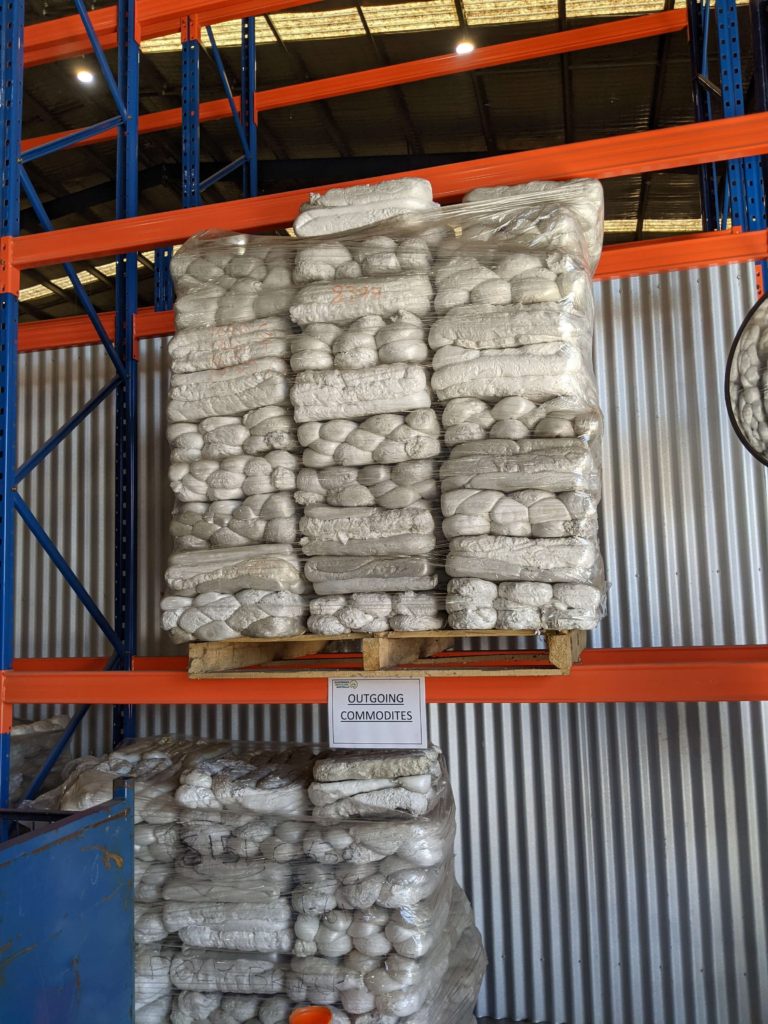
And lastly polystyrene. Who knew this could even be recycled?! I think my eyes popped out of my head when I saw the end product, it kind of looks like large swirls or tooth paste. But seriously, polystyrene is such a horrible product and it takes a huge amount of energy to turn it into a usable product. ERA is the only company recycling it and the only drop off location at this stage is at their facility at Ottoway. PLEASE DO NOT PUT IT IN YOUR RECYCLING BIN!
In all honesty, the best thing you can do when it comes to polystyrene is actually email the company that supplied it. They have to log and record all complaints. There are other options out there and with enough pressure companies will have to listen. Your weight as a consumer is huge -use it!
2nd stop – Suez ResourceCo (alternative fuels)
When I saw this was on the tour I figured I wouldn’t be all that interested. Boy was I wrong! This was by far the best stop of the tour. We visited the Suez ResourceCo where they take industrial waste (which would typically go to landfill) and turn it into fuel for Adelaide Brighton Cement (ABC). What does this mean? They literally take rubbish and turn it into fuel that ABC can use in their kilns, reducing their emissions and reliance on fossil fuels. This was the first of its kind in Australia and only the second in the country.
This process was already mind blowing but the sheer scale of this operation left me speechless. They said that they could process up to 600 tonnes of waste every day and only 2% would be sent to landfill. 600 tonnes! It gave me a little bit of hope.
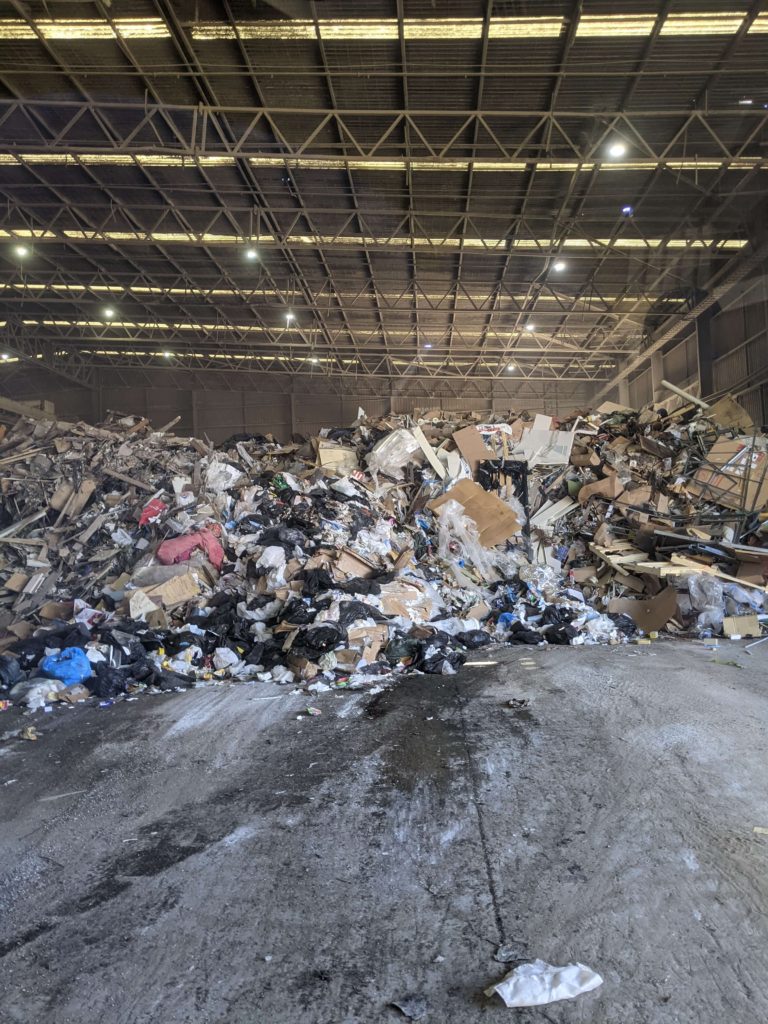
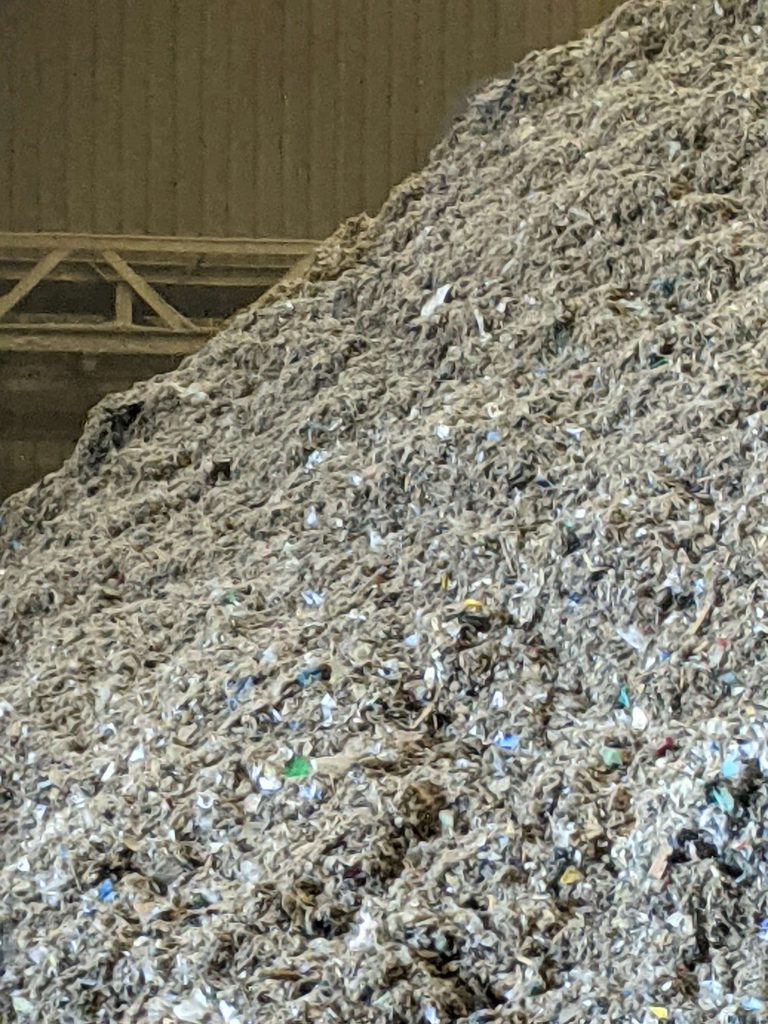
3rd stop – Jeffries (organics waste)
If you live in SA you have probably heard of Jeffries. They are a company that collects green organic waste and turns it into usable items like compost and wood chips.
Once again it was a large operation with so much going on, green waste here, wooden pallets there, organic fuels (e.g. cooking oils) over there.
The thing that really struck me was how much contamination was collected from SA green bins. Like seriously why is there so much plastic in these piles of organics. I even spotted a kid’s toy shovel in one. Because of this Jeffries have invested a lot of time and energy into a system that is able to remove most of the contaminants from the composting process.
But we also need to up our game. ALL food scraps can go into the green organics bin. This includes shredded paper or paper-based material, pet waste (check cat litter), small dead animals, compostable food packaging and compostable bags. But plastic and rubbish do NOT belong in the green bin.

4th stop – Integrated Waste Services (red/blue-lidded bin)
I knew this would be the hardest stop. This was the end of the line and everything here was destined for landfill. The surprising fact was that even here they are trying to reduce the burden on landfill. They have a sorting machine that is helping to remove the organic material (which is about 30%) from the landfill destined loads.
The key takeaway from this site was that we need to do better placing organics into the green bin not the red bin. But more importantly we need to slow our consumption. Our rates of recycling are going up but so too are our rates of rubbish!
5th stop – Sims Metal (metal recycling)
By this point my brain was a little fried and I was distracted by the large machinery that looked like dinosaurs haha. But Sims Metal Management is another amazing facility and is the largest metal recycler globally. There was so much going on and so much going on with the collection of ferrous (steel) and non-ferrous (aluminium, copper etc) scrap metals. It was great to see so much of this ‘scrap’ actually being sorted so that it can be recycled.

Other important info
– Only about 12-20% of e-waste generated in SA is actually recycled- we can do better than that!
– Batteries CANNOT go in any kerbside bin as they are a fire hazard! They must be recycled through the appropriate channels. The good news is your local library or civic centre may have collection points for batteries, otherwise Aldi, Battery World, Officeworks and Ikea all offer battery drop-off schemes for battery recycling.
– Clothing is a huge contributor to landfill. Check out my blog to find some alternatives to throwing them in the bin.
– Take the time to learn where your waste should go. The Which Bin website is a great resource as too is the Jefferies website when it comes to green waste. If you are unsure of what to do with something, doing a little bit of research goes a LONG way.
– Don’t forget I have also written a useful list of places to donate and recycle your unwanted stuff in Adelaide if you need any further insight and inspiration.
#1 thing you can do to help the environment
The single biggest thing we can do to help the environment is to consume less. It is as simple as that. The more we consume the more waste we produce. Yes we can donate and recycle things but as a society we are outstripping the capacity to deal with
So what can we do:
REPAIR – there are a number of repair cafes in Adelaide and they are a great recourse.
REFUSE – the best way to stop waste and clutter entering your home is to refuse unnecessary items. Say no to freebies! Seriously they are mostly crap anyway.
REDUCE – what you buy, try a no buy month (you only buy the essentials for a month e.g. food) or a 30 day list (basically if you want to buy something you pop it on a list and delay the purchase for 30 days. This really helps curb impulse buying). Better yet buy second hand and help create a circular economy.
Once again your weight as a consumer is huge – use it!

